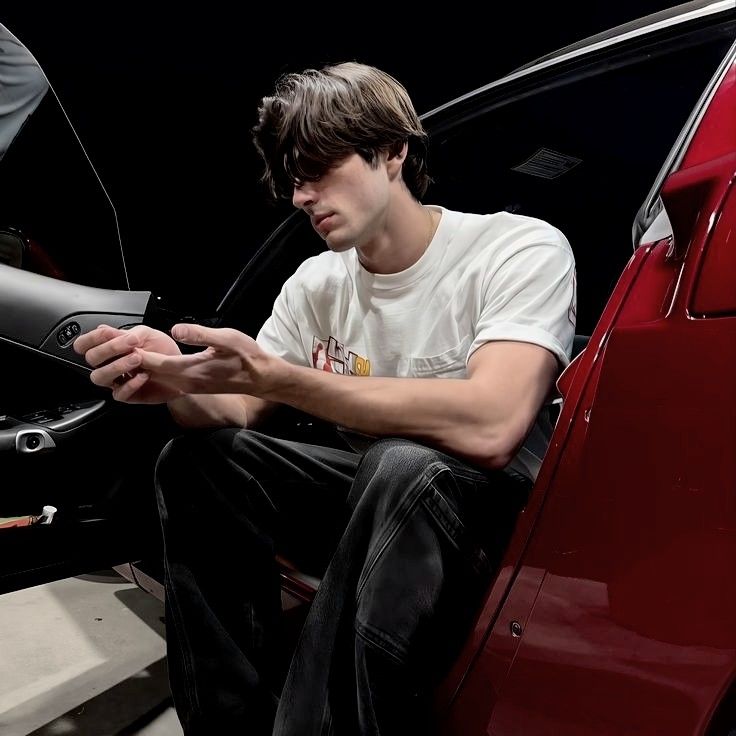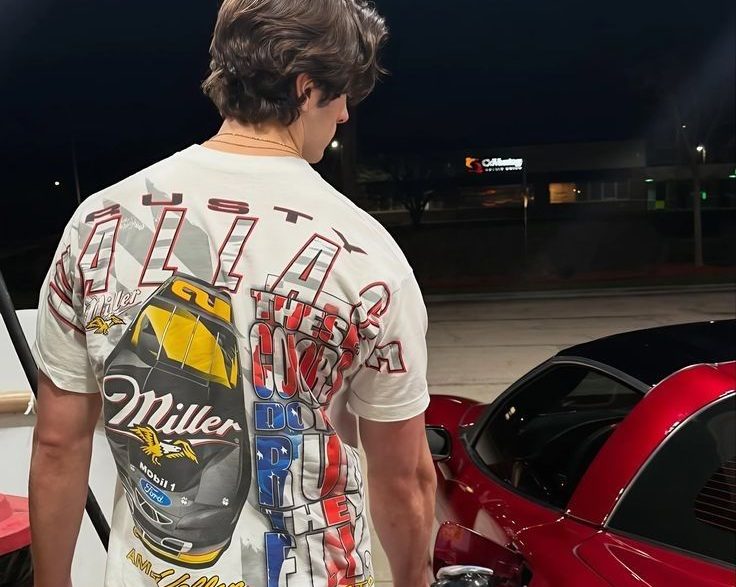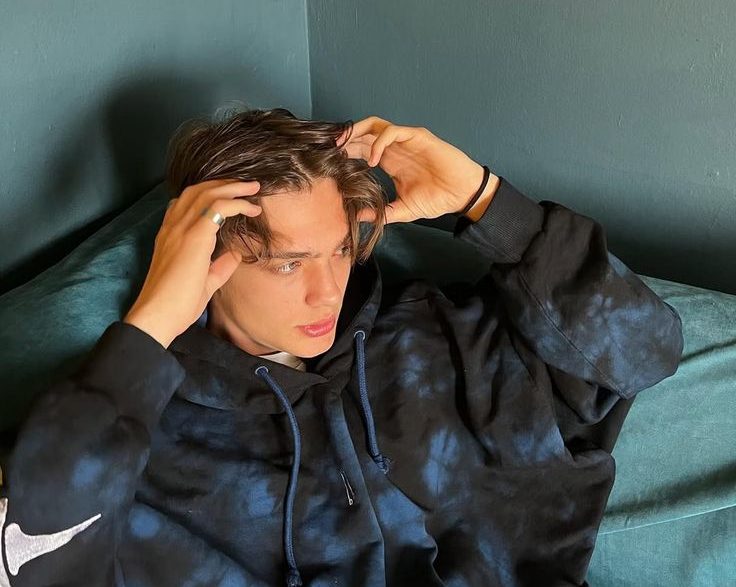Introduction
In 2025, the youth fashion landscape has undergone a seismic shift. What was once dictated by the runway elite is now driven by the hands of young creators. This generation doesn’t just consume fashion; they build it, personalize it, and reimagine it. Fueled by the rise of maker culture, accessible technology, and a collective desire for authenticity, custom-made fashion has taken center stage. The Do-It-Yourself (DIY) movement in youth fashion is not merely a stylistic trend—it’s a cultural revolution. From hand-painted jackets to 3D-printed sneakers, the fashion of 2025 reflects a radical departure from homogeneity toward unapologetic individuality.
Crafting Identity Through Fashion
For Gen Z and Gen Alpha, fashion is a direct extension of self-identity. In a world that often feels filtered and algorithm-driven, the act of designing one’s own clothing serves as a reclaiming of narrative. Teens and young adults now seek garments that represent their ethos, experiences, and subcultures. Whether through fabric dyeing, patchwork, or reconstructing thrift store finds, DIY fashion offers tools for self-expression beyond what traditional brands can offer.
Technology as the Ultimate Enabler
Emerging tools like accessible 3D modeling software, AR/VR dressing rooms, and even AI-driven pattern generators have broken down the barriers to creation. Young designers can now create from home with tools once reserved for industry professionals. Digital sewing patterns, laser cutters, and at-home embroidery machines are readily available, allowing creators to prototype and produce garments tailored to their exact vision.
Community and Collaboration
The 2025 youth fashion scene thrives on community. Social platforms like TikTok, Instagram, and Discord serve as creative incubators where tutorials are shared, critiques are exchanged, and collaborations are born. DIY does not mean doing it alone. Instead, it celebrates collective learning and empowerment. Makers trade knowledge, swap patterns, and co-create capsule collections in real time.
Sustainability at Its Core
Beyond creativity, the DIY fashion revolution aligns closely with sustainability. By upcycling, mending, and making-to-order, young creators reduce waste and minimize the environmental impact of their wardrobe. This approach not only addresses the fast fashion crisis but also instills a deeper appreciation for craftsmanship and resourcefulness.
Economy of Creativity
In 2025, DIY fashion is also economically empowering. Platforms like Etsy, Depop, and independent Shopify stores enable youth creators to monetize their skills. Young designers are building personal brands from their bedrooms, bypassing traditional gatekeepers and connecting directly with audiences who value originality and ethics.
Future of Fashion Education
Educational paradigms are shifting to support this new wave. Schools, both formal and informal, are embracing maker-based curricula. Online courses teach students not just how to sew, but how to code wearable tech or design digital fashion lines. Fashion education in 2025 is about agility, innovation, and inclusivity—empowering young minds to think beyond conventional boundaries.
The Role of Cultural Influence
Youth DIY fashion is deeply intertwined with cultural dialogue. Trends are increasingly shaped by political movements, gender expression, and social justice. Clothes become canvases for advocacy, storytelling, and rebellion. From hand-embroidered slogans to garments constructed from protest materials, DIY fashion amplifies voices that are too often marginalized in mainstream fashion circles.
Digital-Physical Hybrids
Hybrid fashion that bridges the digital and physical worlds is a hallmark of 2025’s DIY style. Garments are made to be worn both in real life and in virtual spaces. With advancements in AR filters, digital twinning, and NFT wearables, young creators are making fashion that transcends material limitations.
Inclusivity and Accessibility
The DIY movement is also a democratizing force. By removing financial and systemic barriers, it opens doors for underrepresented communities to engage in fashion on their own terms. Tools are more accessible, platforms are more open, and gatekeeping is being dismantled by a generation that values representation and equity.
Conclusion
“The Future Is DIY” is more than a catchphrase—it’s the reality of youth fashion in 2025. Custom-made style has shifted from the fringe to the forefront, ushering in a new era of creativity, sustainability, and personal empowerment. As technology, community, and cultural awareness continue to converge, young people are leading the charge in transforming fashion into a medium of self-definition and social impact. In 2025, fashion is not just something you wear. It’s something you make, share, and live.



